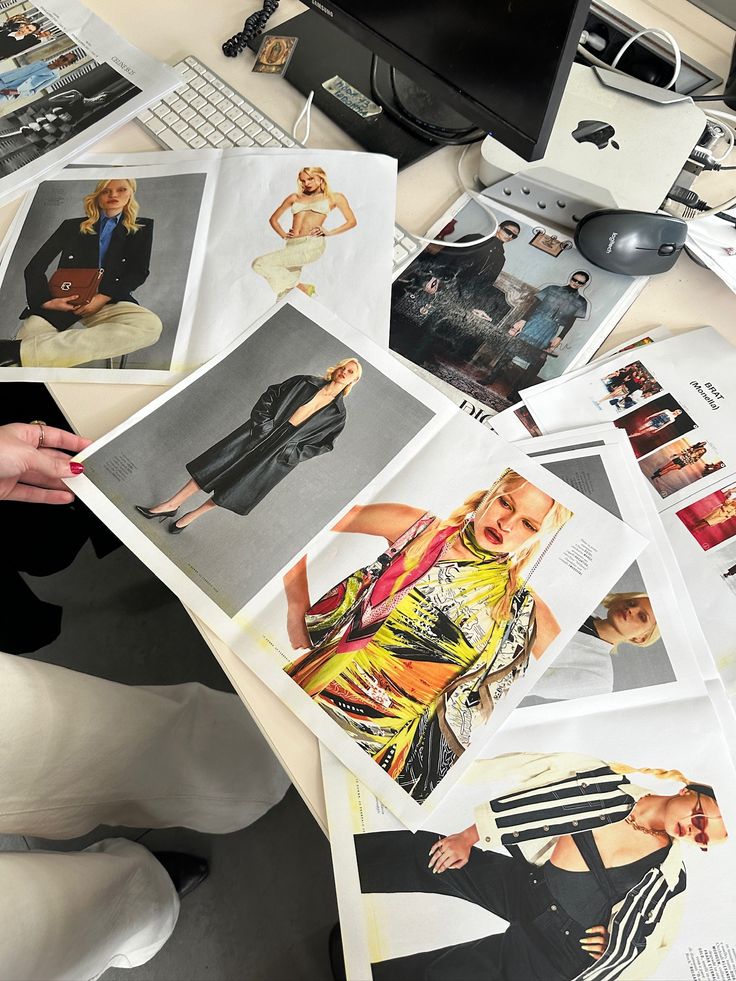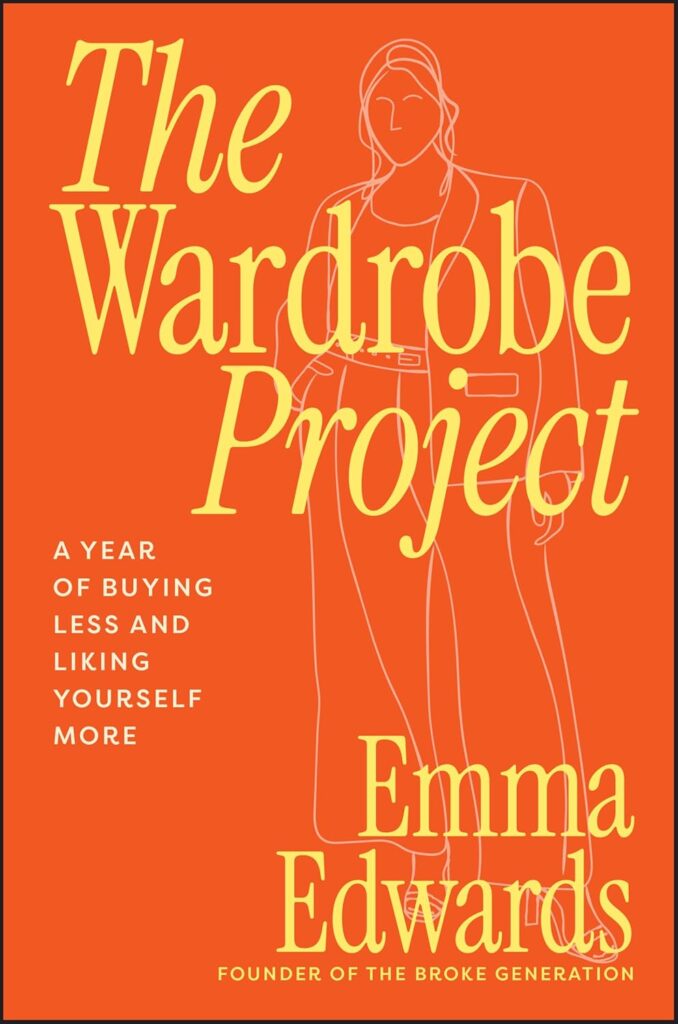Print magazines were one of my first loves.
From the prime days of Total Girl’s totally embarrassing moments and magazine freebies to the day I graduated onto reading Dolly and trawling the pages of Dolly Doctor, I’ve always held print media close to my heart. Being on my best behaviour before going grocery shopping with mum was always a top priority, so I would never miss the opportunity to pick up the latest issue of my favourite pop culture fix. It was these soft news treasure troves that made me want to become an editorial journalist. And I know I’m not the only one — many in my generation have a soft spot for this era of print, even if we grew up during its decline.
These were the golden days, before Steve Jobs decided to flip our lives upside down and release the iPhone. Disaster struck all forms of traditional media from there. While the app store was all fun and games at first (literally), the development of social media meant that consumers didn’t need to go to the newsagent or supermarket to get their fix – they could go straight to the source. Celebrity news? Posted to their personal pages. Fashion inspiration? Pinterest and the Instagram explore page provided that in spades. Advice? People were dishing it out left, right and centre. So why would I need to console Dolly Doctor?
The rise of digital use inevitably meant print purchases went rapidly downhill. Advertisers were opting for online campaigns, and readers seemed to forget about the magic of turning the ritual of flipping through a magazine, turning the glossy pages with a cup of tea in hand. What was once a monthly moment of joy became a nostalgic afterthought, buried beneath a never-ending scroll.
It was a sad day when iconic Australian teen magazine, Dolly, ceased print editions in December 2016. Two years later, Cosmopolitan followed suit, and Elle halted its print editions two years after that. And people didn’t bat an eye. While a brief comment may have been passed to a colleague or friend, it would likely have been done after looking up from reading the news on the destroyer: their phones.
Sad to learn of passing of #Dolly magazine – a bible to so many generations of young Aussie women & where so many of us got our start. Vale.
— Lisa Wilkinson (@Lisa_Wilkinson) November 30, 2016
It felt like the glossy pages that shaped so many of our formative years had been lost for good. Print became a relic — something you’d find in waiting rooms or vintage stores, not on your weekly shopping list. Publications had to learn to pivot, to adapt to the changing digital landscape. Editorial strategies shifted focus as scroll-stopping hooks and external link taps took priority as social media boomed.
It’s the film we’ve all seen before, because we’re knees deep in it. We’ve become more reliant on social media than ever. We live in an age of constant updates, infinite feeds, and content designed to be consumed in seconds, then forgotten as a new trend takes its place. Our attention spans have shortened, our tabs are always open, and our brains are rarely off.
So, it makes sense that slowly — almost as a quiet act of rebellion — we’ve started to crave something different. Something slower. More thoughtful. Less about the next thing and more about the lasting thing.
The Slow Media Resurgence
It wasn’t like a switch had suddenly been flipped. It started off with Elle, who returned to print in March 2024, followed by Cosmopolitan in August of the same year. While I was happy to see print getting a re-run, I didn’t pay too much attention to these publications, as I hadn’t grown up digesting them. My ears pricked up when Fashion Journal announced they’d be returning to print after almost five-years of pausing its paper editions. We’re so back, I thought, as I flicked through Gen Z creators and media girlies alike posting their copies of the 195th edition to their Instagram stories like it was 2012.
But why are we circling back to print after it seemed long forgotten? Is it a key indicator of a recession (kidding…unless)?
The Culture Shift
I could go on for hours about the growing accumulation of little societal shifts that have contributed to Gen Z’s collective craving for slower, more intentional media. But the biggest one of all? Everyone is suffering from digital fatigue.
We’ve been so preoccupied with scrolling our algorithms, following trends and chasing views that we haven’t allowed ourselves a second to pause, breathe, and put down our phones. We consume so much content that the 15-second dopamine hit doesn’t quite cut it anymore. We’re craving more.
We saw it earlier this year when TikToker Martini Feeny called out New York influencers for all being “boring”, sparking a heated debate about influencer culture, and the internet becoming a carousel of copy-paste aesthetics, where everything feels algorithm-approved and nothing feels new. We’ve seen it with the distaste in influencer brand trips, and the turn away from once-beloved PR hauls.
@martinifeeny Im SOOO bored by all these influencers lol #nycinfluencers #imo #nyc #tiktokgirls #bored
♬ original sound – MartiniFeeny
People are tired. While TikTok and Instagram algorithms are fun for a while, people are overstimulated. There’s too many trends, too many things in the pop culture sphere to keep up with now. There’s an urge to slow down.
It’s not just print magazines that are making a comeback. The rise of Substack has been satisfying people’s craving for deeper connection — sharing experiences through thoughtful, long-form writing rather than rapid-fire, seven-part storytimes shouted into the front-facing camera. And it’s Gen Z leading the charge, favouring vulnerability and nuance over curated perfection, and bringing newsletters back in a big way.
YouTube is another testimony to the resurgence of longform content. Since the start of the year (and the US’s threat to ban TikTok), it feels as though every time I open Instagram, another creator has announced they’re launching a YouTube channel – and followers are lapping it up. Especially younger audiences, who are trading hyper-edited TikToks for slower, longer, and more intentional content that actually holds attention.
This longer form of content allows viewers a slower-paced, seemingly more authentic glimpse into the creator’s life, free from the pressure of trend-chasing and rapid edits. It feels more personal, less performative — a digital exhale in a world that’s been holding its breath.
The New Wave of Print and Longform Content
While slow media is back on the agenda, it doesn’t look the same as it once did. Publications are printing less frequently as they test the waters, hesitant to invest time and money into something that could be fleeting — just like today’s trend cycles.
Cosmopolitan, once a monthly magazine, now publishes just six issues a year. Even The Modern Muse recently made the decision to move from monthly to bi-monthly editions. After years of digital overload, where both people and businesses thrived by choosing quantity over everything, the pendulum has finally swung. Now, quality is back in favour — and the pressure to churn out constant content is being questioned.
Addison Rae (whose rebrand should genuinely be studied in high schools) is the physical embodiment of this shift. In an interview with Zane Lowe on Apple Music, she admitted that at one point she was posting ten TikToks a day — which led people to view her work as disposable.
“Now I’ve given myself that grace and been like ‘No, I actually value my work’… I know it deserves to be understood over time,” she says.
The Culture Shift – Will it Last?
Will the print and longform renaissance stick around? Only time will tell. But the revival of print culture has proven one thing: people are yearning for a sea change. A slower pace.
In a world obsessed with virality and instant gratification, it’s Gen Z who’s leading the return to thoughtful storytelling — whether it’s through a glossy magazine, a personal Substack, or a 30-minute YouTube vlog. The push and pull between shortform and longform content is like the ebb and flow of the ocean, but this resurgence is a reminder that not everything needs to be fast, loud, and fleeting. Sometimes, the things that stay with us the longest are the ones that ask us to pause.
Read more of our Thought Provoking articles here.





